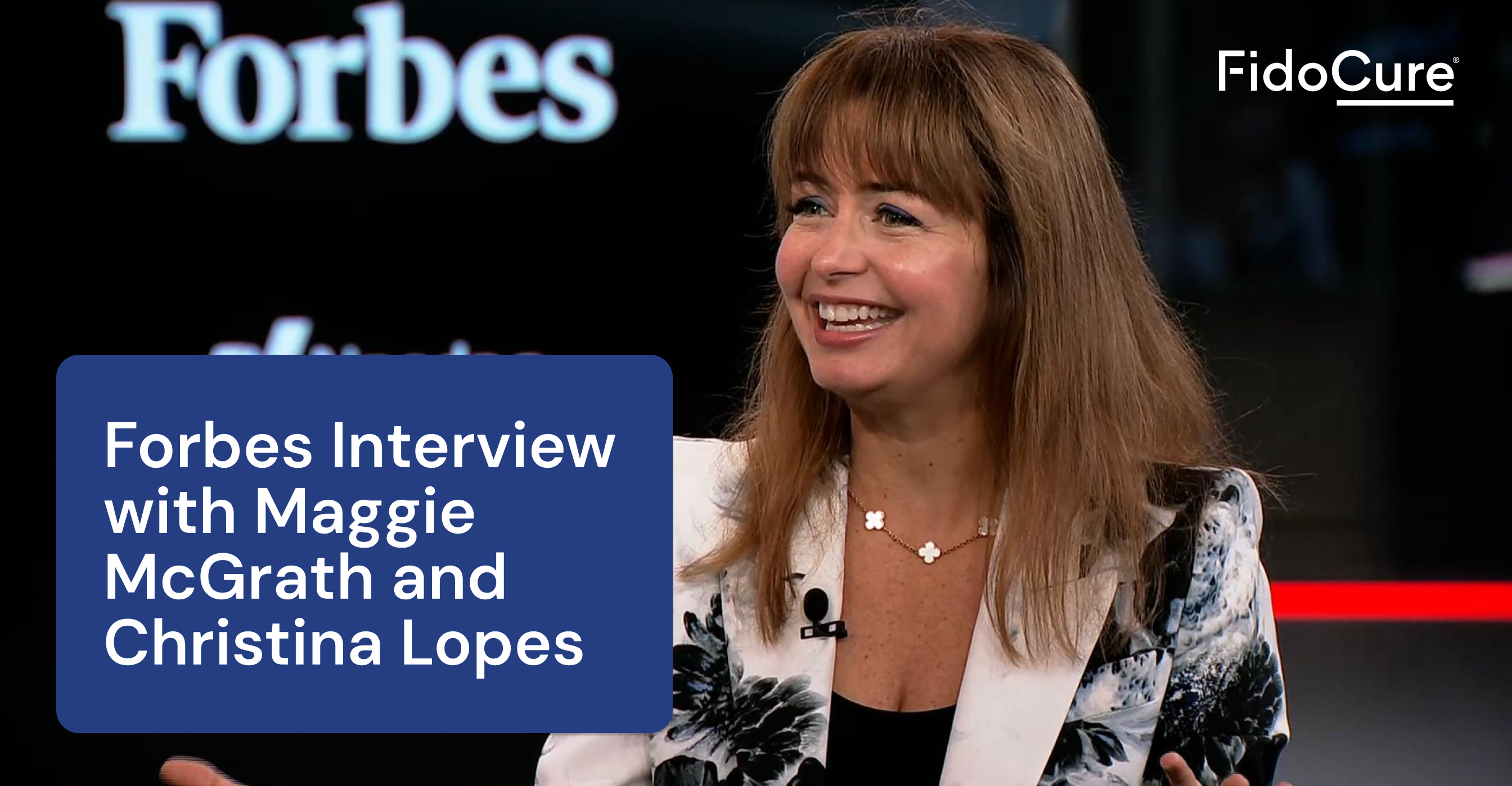Real World Evidence: What is it? From Human Cancer Care to Veterinary Cancer Care
In veterinary cancer care, it’s common to come across tough clinical questions where there is no known right answer. A few examples include:
- What is the best therapy for unresectable histiocytic sarcomas?
- What is the best therapy for metastatic osteosarcoma?
- What is the correct therapy for lung cancer in dogs?
- What is an effective therapy for unresectable adrenal tumors?
- What is the best therapy for pancreatic carcinomas?
Of course, there are many more questions not included. Having information from similar cases, or perhaps dozens or even hundreds of them, would be very helpful. Learning from what happens in routine patient care can help advance our knowledge -- both in oncology and in other fields.
In human oncology, there has been a growing focus on analyzing data gathered from routine care, leading to a new field called real world evidence (RWE), which has taken off in recent years. The RWE approaches being used in human oncology can also be applied in the veterinary space.
Historically, accessing information about routine care (both veterinary and human) has been difficult, but the growing adoption of electronic health records (EHRs) makes it possible now to create datasets that weren’t feasible to assemble even ten years ago. On the human side, rapid adoption of EHRs was driven by the 2009 Health Information Technology for Economic and Clinical Health Act (HITECH Act), which provided incentives to clinicians to start using EHRs.
EHR data, or any other data collected outside of a traditional clinical trial, is referred to as real-world data (RWD). In addition to EHRs, other possible sources of RWD are registries. Examples include the Veterinary Medical Database (www.vmdb.org) and insurance claims data.
RWD can be gathered retrospectively or prospectively. In a 2017 article, FDA thought leaders define RWD as a “general term that can be described as data generated or obtained outside of conventional clinical trials.” (Khozin et al, J Natl Cancer Inst, Real-world Data for Clinical Evidence Generation in Oncology, 11/2017).
RWE started to gain acceptance following the 2016 passage of the 21st Century Cures Act, which includes provisions requiring FDA to evaluate ways to incorporate RWD into regulatory drug submissions and post-approval requirements.
Careful work is needed to assemble RWD in order to make it useful. For example, it is important to capture data on the entire patient journey and to capture a consistent set of variables (e.g.: breed, sex, age, stage, biomarkers (when known), disease status and prior therapy).
Once datasets are created, analyses can be conducted on RWD to generate clinical evidence. This evidence is called RWE. RWE is driving many new insights in the human oncology space.
A few examples of research based on RWE at the recent ASCO conference are:
- Understanding testing patterns: Low rates of BRCA1 and BRCA2 testing for patients with ovarian cancer in ASCO's CancerLinQ, a real-world database.
- Understanding patient outcomes: Real-world outcomes of patients with BRAF-mutated mCRC treated in the United States.
Indeed, the FDA states, “Real-world data (RWD) and real-world evidence (RWE) are playing an increasing role in health care decisions.” To further expand on this, in December 2018, the FDA released a 40-page report called Framework for FDA’s Real-World Evidence Program to “serve as a roadmap for more fully incorporating RWD and RWE into the regulatory paradigm.”
In a 2014 survey, up to 80% of the veterinary practices used some type of electronic medical record, either alone or in combination with written records. The data created in these EHRs along with other RWD sources, presents a tremendous opportunity for new discoveries and advancements in patient care.
It will require a lot of work: to create a platform to collect clinical information, to organize that information into real world datasets, and to begin analyzing that data in rigorous ways.
We at FidoCure®, along with the help of our veterinary partners, are leading the way. There is an exciting and long road ahead, and we are already starting to use RWD and RWE to help dogs in their fight against cancer.
If you would you like to learn more on the topic, there are a few notable collaborations between RWD/RWE groups and FDA:
- 8/2018: CancerLinQ LLC, Concerto HealthAI, and Tempus are Expanding Collaboration with U.S. Food and Drug Administration on Checkpoint Inhibitors
- 2/2019: The FDA and Flatiron Health Expand Real-World Data Cancer Research Collaboration
- 5/2019: COTA Signs Research Collaboration Agreement With The U.S. Food and Drug Administration

.png)
